Home>Garden Essentials>What Does A Four O’clock Seed Packet Look Like
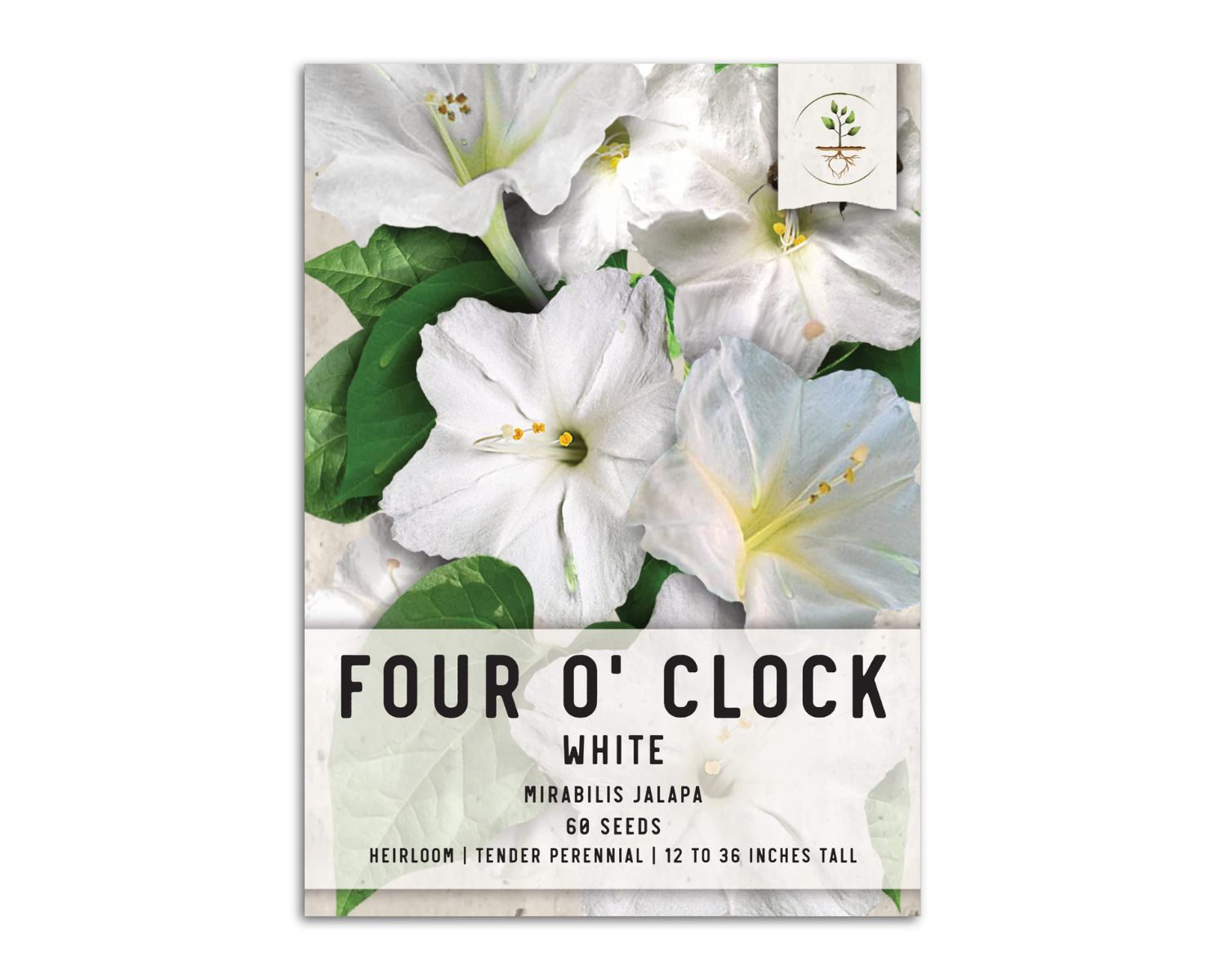

Garden Essentials
What Does A Four O’clock Seed Packet Look Like
Modified: March 24, 2024
Discover what a four o'clock seed packet looks like and learn how to start your garden with these essential gardening tips.
(Many of the links in this article redirect to a specific reviewed product. Your purchase of these products through affiliate links helps to generate commission for Storables.com, at no extra cost. Learn more)
Introduction
Welcome to the world of gardening! Whether you are a seasoned gardener or just beginning your green-thumb journey, one essential tool you will encounter is the humble seed packet. Seed packets contain a wealth of knowledge and information that can help you successfully grow your favorite plants from scratch.
Recognizing and understanding seed packets is crucial for any gardener. They provide valuable insights into the specific requirements of each plant variety, including planting instructions, germination guidelines, and care tips. Seed packets are like treasure maps, guiding you towards a bountiful and beautiful garden.
In this article, we will explore the design and appearance of four o’clock seed packets. Four o’clocks (Mirabilis jalapa) are stunning flowering plants that bloom in various colors during the late afternoon and evening, filling your garden with enchanting beauty. By familiarizing yourself with the contents of these seed packets, you will gain the knowledge necessary to successfully plant and nurture four o’clock flowers.
So, let’s dive into the world of four o’clock seed packets and discover what secrets lie within!
Key Takeaways:
- Four o’clock seed packets are like treasure maps for gardeners, providing essential information on planting, care, and storage to help grow vibrant and enchanting flowers.
- Recognizing and understanding seed packets is crucial for successful gardening, empowering gardeners to make informed decisions and increase their chances of growing healthy and beautiful plants.
Read more: What Does Calendula Seeds Look Like
Importance of Recognizing Seed Packets
Recognizing and understanding seed packets is of utmost importance for any gardener. Here’s why:
- Plant Identification: Seed packets provide crucial information about the plant variety they contain. By recognizing the design and labeling of seed packets, you can easily identify the type of plant and differentiate between different varieties. This helps you avoid confusion and ensures that you are growing the specific plants you desire in your garden.
- Growing Requirements: Seed packets provide detailed instructions on the specific needs of the plant, such as soil type, sunlight requirements, and optimal planting time. Recognizing the important symbols, icons, and text on the seed packet allows you to accurately assess whether you can provide the necessary conditions for successful growth. This knowledge empowers you to make informed decisions about where and when to plant the seeds.
- Germination and Care: Seed packets contain valuable information about the germination process and care guidelines for the plant. Understanding these instructions ensures that you can provide the optimal conditions to support the seed’s development into a healthy plant. From watering frequency to fertilizer recommendations, recognizing key information on the seed packet helps you nurture your plants in the best possible way.
- Proper Storage: Seed packets often include information on proper storage and shelf life. Recognizing these details ensures that you store your seeds correctly to maintain their viability. Proper storage helps extend the longevity of your seeds, allowing you to use them for multiple planting seasons and saving you money in the long run.
- Growing Success: Ultimately, recognizing and understanding seed packets increases your chances of growing healthy and vibrant plants. By following the guidelines and recommendations provided, you can avoid common mistakes and setbacks, leading to a higher success rate in your gardening endeavors.
Now that we understand the importance of recognizing seed packets, let’s delve into the specifics of four o’clock seed packets and unravel their secrets to successful cultivation.
Overview of Four O’clock Flowers
Before we dive into the details of four o’clock seed packets, let’s take a moment to appreciate the beauty and uniqueness of the four o’clock flower.
The four o’clock (Mirabilis jalapa) is a popular flowering plant known for its vibrant and fragrant blossoms. Native to South America, this plant is named after its unique blooming pattern, with flowers typically opening in the late afternoon and closing by morning.
Four o’clock flowers come in a variety of colors, including shades of pink, red, yellow, white, and even bi-color combinations. The flowers have a trumpet-like shape and a pleasant fragrance that attracts pollinators like bees, butterflies, and hummingbirds.
These versatile plants can thrive in different growing conditions, making them suitable for a wide range of gardens. They are typically grown as annuals in cooler climates, while in warmer regions, they can be perennials. Four o’clock flowers have a bushy growth habit, reaching a height of 1 to 3 feet, and they make excellent additions to borders, containers, and cottage-style gardens.
In addition to their visual appeal, four o’clock flowers have medicinal uses as well. Some cultures have used the roots and leaves of this plant for their traditional healing properties.
Now that we have an overview of the captivating four o’clock flower, let’s understand the importance and design of seed packets specifically tailored for these enchanting plants.
Purpose of Seed Packets
Seed packets serve a vital purpose in the world of gardening and plant cultivation. They are designed to provide essential information and guidance to gardeners, ensuring successful and informed planting. Here are some key purposes of seed packets:
- Identification: The primary purpose of a seed packet is to identify the specific plant variety it contains. Clear labeling and design elements help gardeners easily identify the seeds they are working with and distinguish them from other varieties. This is particularly important for gardeners who have multiple types of seeds in their collection.
- Planting Instructions: Seed packets provide detailed instructions on how to plant the seeds. This includes information on the ideal planting depth, spacing between plants, and recommended soil conditions. By following these instructions, gardeners can ensure that the seeds are sown correctly, giving them the best chance of successful germination and growth.
- Germination Guidelines: Seed packets often include germination guidelines, which outline the optimal temperature and humidity conditions required for the seeds to sprout. This information helps gardeners create the right environment for successful germination, giving the seeds the best chance of developing into healthy plants.
- Care Instructions: Seed packets contain essential care instructions to guide gardeners throughout the plants’ growth cycle. This includes information on watering frequency, fertilization, pruning, and any specific care requirements unique to the plant variety. Following these instructions ensures that the plants receive the necessary care to thrive and reach their full potential.
- Harvesting and Storage: Many seed packets include information on when and how to harvest the plants. This is especially important for gardeners interested in collecting seeds for future planting. Additionally, seed packets often contain instructions on proper seed storage to ensure the seeds remain viable for the next growing season.
- Additional Information: Seed packets may also provide additional information about the plant, such as its growth habit, preferred climate, and potential disease or pest issues to watch out for. This knowledge empowers gardeners to make informed decisions about suitable planting locations and potential challenges they may encounter along the way.
By understanding the purpose of seed packets, gardeners can utilize this valuable resource to make informed decisions and effectively cultivate their plants. Now, let’s delve into the design and appearance of four o’clock seed packets to discover what essential information they contain.
Design and Appearance of Four O’clock Seed Packets
The design and appearance of four o’clock seed packets are carefully crafted to capture the essence of these beautiful flowering plants while also providing important information. Let’s explore the key elements that make up the design of a typical four o’clock seed packet:
Front Side of the Seed Packet:
The front side of the seed packet is where the visual appeal takes center stage. It often features colorful illustrations or photographs of fully bloomed four o’clock flowers. These images showcase the range of colors and variations available for this particular plant variety. The vibrant visuals are intended to attract the attention of gardeners and spark their interest in growing these charming flowers.
In addition to the imagery, the front side of the seed packet typically includes the common name, scientific name, and variety of the four o’clock flower. This information helps gardeners identify the specific plant variety they are working with.
Back Side of the Seed Packet:
The back side of the seed packet is dedicated to providing essential information for successful planting and care. Here, you will find detailed instructions, guidelines, and tips to assist you throughout the growing process.
One of the most prominent features on the back side is the planting instructions. This section outlines the recommended planting method, including the depth at which the seeds should be sown and the spacing between plants. It may also specify if starting the seeds indoors or directly in the garden is preferable.
Gardeners will also find germination and care guidelines. These instructions provide information on the ideal temperature and conditions required for successful seed germination. They may also include tips on fertilizing, watering, and dealing with potential pests or diseases that commonly affect four o’clock flowers. Additionally, this section often highlights the expected height and spread of the mature plant.
Contents of the Seed Packet:
Inside the seed packet, you will find small, flattened envelopes or pouches containing the seeds. These envelopes are usually made of thin, opaque paper or a breathable material to protect the seeds from moisture and light, ensuring their viability.
On each seed envelope, you may find the variety name, quantity of seeds included, and a brief description or instructions for planting. This information serves as a reminder of the specific variety and provides a quick reference when you are ready to sow the seeds.
The design and appearance of four o’clock seed packets aim to provide both visual appeal and essential information. They are carefully crafted to guide gardeners throughout the planting and care process, ensuring optimal results. Now that we have explored the design, let’s unravel the valuable contents hidden within the seed packet.
Read more: What Does A Cactus Seed Look Like
Front Side of the Seed Packet
The front side of a four o’clock seed packet is designed to captivate the attention of gardeners and showcase the beauty of these charming flowers. Let’s explore the key elements that you would typically find on the front side:
Visual Representation:
The front side often features a visually stunning representation of a fully bloomed four o’clock flower. Colorful illustrations or high-quality photographs are used to showcase the range of colors and variations available for this particular plant variety. The vibrant visuals aim to excite and inspire gardeners, giving them a glimpse of the beauty they can expect in their own garden.
Common Name and Scientific Name:
Alongside the image, you will usually find the common name, which is typically “Four O’clock.” This straightforward and catchy name allows gardeners to easily identify the plant variety. In addition, the scientific name, “Mirabilis jalapa,” is often included. This Latin name is internationally recognized and helps to distinguish the specific species.
Variety Name:
Some four o’clock seed packets may also display the specific variety name. Varieties of four o’clock flowers can differ in color, size, or other characteristics. Highlighting the variety name helps gardeners select the specific type they desire and differentiate between different seed packets.
The front side of the seed packet aims to engage gardeners visually and pique their interest in growing these delightful flowers. The vibrant images and clear labeling make it easy to identify the plant variety and understand the beauty that awaits in your garden.
Now that we have explored the front side of the seed packet, let’s turn it around and discover the valuable information hidden on the back side.
Back Side of the Seed Packet
The back side of a four o’clock seed packet is where you will find all the valuable information and instructions for successful planting and care. Let’s explore the key components typically found on the back side:
Planting Instructions:
One of the most important sections on the back side is the planting instructions. These instructions provide gardeners with vital information on how to properly plant the four o’clock seeds. They outline the recommended planting method, including the depth at which the seeds should be sown and the spacing between plants. The planting instructions may also specify if starting the seeds indoors or directly in the garden is preferable for this particular plant variety.
Germination and Care Guidelines:
Another crucial aspect of the back side is the germination and care guidelines. This section provides information on the optimal temperature and conditions required for successful seed germination. It may include specific instructions for pre-soaking the seeds, as well as tips on maintaining the ideal levels of moisture and light for successful germination. Additionally, the germination and care guidelines often highlight the expected height and spread of the mature plant, helping gardeners plan for the future.
Additional Care Information:
The back side may also include additional care information, such as watering recommendations, fertilization guidelines, and tips for dealing with common pests or diseases that may affect four o’clock flowers. This information helps gardeners nurture their plants by providing specific guidance on the best practices for maintaining optimal health and vitality.
Harvesting and Storage Information:
Some seed packets may include information on when and how to harvest the four o’clock flowers, especially if they produce viable seeds. It may provide guidance on the best time to collect the seeds, as well as instructions on proper storage to maintain their viability for future planting seasons. This allows gardeners to preserve the unique attributes of their favorite four o’clock varieties and continue growing them in subsequent years.
The back side of the seed packet is an invaluable resource for gardeners, providing all the necessary information and guidelines to successfully grow and care for their four o’clock plants. By following these instructions, gardeners can ensure optimal results and enjoy the beauty of these delightful flowers in their own gardens.
Now that we have explored the back side of the seed packet, let’s uncover the contents hidden within.
Look for a four o’clock seed packet that has a picture of the flower on the front, along with the name and planting instructions. Make sure the packet is sealed and the seeds are not expired.
Contents of the Seed Packet
Inside a four o’clock seed packet, you will find small, flattened envelopes or pouches that contain the seeds. Let’s explore the key components typically found within:
Seed Envelopes:
The seed envelopes are usually made of thin, opaque paper or a breathable material. These envelopes are designed to protect the seeds from moisture, light, and other external factors that could potentially affect their viability. The envelopes also help keep the seeds organized and easily accessible.
Seed Quantity:
Each seed envelope typically contains a specific quantity of four o’clock seeds. The quantity can vary depending on the seed packet, ranging from a few seeds to a larger quantity. Some seed packets may also include information about the seed weight or seed count to give gardeners a better idea of the amount of seeds provided.
Seed Labeling:
The seed envelope may have labeling to identify the specific variety of four o’clock seeds contained within. This labeling serves as a reminder of the specific plant variety and helps gardeners keep track of the seeds in their collection. It may include the common name, scientific name, and the variety of the seeds.
Planting Instructions:
Depending on the seed packet, you may find a small insert or a printed set of instructions specific to the four o’clock variety. This additional information reinforces the planting instructions found on the back side of the seed packet. The planting instructions may include details on the recommended planting depth, spacing, and any specific considerations for successfully growing the four o’clock flowers.
The contents of the seed packet are carefully crafted to ensure the seeds remain viable and protected until you are ready to sow them. The seed envelopes hold the precious seeds, while the labeling and additional instructions provide useful information to guide you through the process of planting and caring for your four o’clock plants.
Now that we have explored the contents of the seed packet, let’s dive deeper into the planting instructions that will help you start your four o’clock garden successfully.
Planting Instructions
Planting four o’clock seeds properly is crucial for their successful germination and growth. The planting instructions provided on the seed packet will guide you through the process step by step. Here are some key points to keep in mind when planting your four o’clock seeds:
Timing:
Four o’clock seeds are typically planted outdoors after the last frost date has passed and the soil has warmed up. Consult the planting instructions on the seed packet or local gardening resources to determine the ideal planting time for your specific region. If you prefer to start the seeds indoors, begin approximately 6-8 weeks before the expected last frost date.
Soil Preparation:
Prepare the soil by removing any weeds or debris and loosening it to a depth of 6-8 inches. Four o’clocks prefer well-draining soil, so consider adding organic matter or compost to enhance drainage if necessary. The seed packet may provide specific recommendations for soil pH and composition to ensure optimum growing conditions.
Planting Depth and Spacing:
The seed packet will specify the appropriate planting depth for the four o’clock seeds. Typically, plant the seeds about 1/4 to 1/2 inch deep in the soil. A general guideline is to sow 2-3 seeds per planting hole or space them 8-12 inches apart. Once the seeds germinate, thin the seedlings to allow adequate space for growth.
Watering:
Keep the soil consistently moist but not waterlogged after planting the four o’clock seeds. Water gently to avoid disturbing the seeds or causing them to wash away. As the plants grow, maintain a regular watering routine, providing enough moisture to keep the soil evenly moist but avoiding excessive water that can lead to root rot.
Sunlight:
Four o’clocks thrive in full sun, so choose a location in your garden that receives at least 6-8 hours of direct sunlight each day. Adequate sunlight will promote healthy growth and vibrant blooms.
Seed Germination:
Germination time for four o’clock seeds varies but generally ranges from 1 to 3 weeks. Be patient and continue to provide consistent moisture and the optimal growing conditions outlined in the planting instructions. Once the seedlings emerge, thin them to ensure adequate space between plants, allowing them to develop into healthy specimens.
The planting instructions provided on the seed packet are essential to help you successfully sow and cultivate your four o’clock plants. By following these instructions, you’ll create a favorable environment for germination and growth, leading to vibrant and thriving flowers in your garden.
Now that you are equipped with the knowledge of planting four o’clock seeds, let’s delve into the germination and care guidelines to ensure your plants flourish throughout their lifecycle.
Read more: What Does A Broccoli Seed Look Like
Germination and Care Guidelines
The germination and care guidelines provided on the seed packet will assist you in nurturing your four o’clock plants from seedlings to maturity. These guidelines offer crucial instructions on how to care for your plants throughout their lifecycle. Here are some important points to keep in mind:
Temperature and Environment:
Four o’clock seeds germinate best in warm temperatures, around 70-80°F (21-27°C). Maintain a consistently warm environment for optimal seed germination. If starting seeds indoors, ensure they are placed in a warm location, such as near a south-facing window or using a seedling heat mat if necessary. Once seedlings have germinated, provide a slightly cooler temperature range of 60-70°F (15-21°C).
Watering:
Keep the soil evenly moist, but be cautious not to overwater. Water the plants at the base to avoid wetting the foliage, as excessive moisture can lead to fungal diseases. It’s better to water deeply and less frequently than to water lightly but more often. Monitor the moisture levels regularly and adjust the watering schedule accordingly.
Fertilization:
Four o’clocks generally don’t require extensive fertilization. However, you can apply a balanced, slow-release fertilizer or organic compost once a month during the growing season to provide essential nutrients. Follow the instructions on the fertilizer packaging for application rates and methods.
Pruning:
While not necessary, occasional pruning can help shape and maintain the form of your four o’clock plants. Remove any damaged, diseased, or dead growth to promote plant health and prevent the spread of diseases. It’s also beneficial to deadhead faded or spent flowers regularly to encourage continuous blooming throughout the season.
Pest and Disease Control:
Four o’clocks are generally resistant to pests and diseases. However, occasionally, they may encounter issues such as aphids, spider mites, or fungal diseases like powdery mildew. Monitor your plants regularly and take appropriate measures if any problems arise. Organic pest control methods or diluted soapy water can often help mitigate minor pest infestations.
Support and Staking:
Depending on the size and growth habit of your four o’clock variety, you may need to provide support or stake the plants to prevent bending or breaking of the stems. This is especially important for taller or more sprawling varieties. Use stakes, cages, or other support structures as needed.
Following the germination and care guidelines provided on the seed packet will help you provide the best possible care for your four o’clock plants. By maintaining optimal growing conditions, providing adequate water and nutrients, and monitoring for pests and diseases, you can ensure that your plants thrive and reward you with their stunning blooms.
Now that you have a good understanding of germination and care guidelines, let’s explore the storage and shelf life information to maximize the lifespan of your seeds.
Storage and Shelf Life Information
Proper storage of your four o’clock seeds is essential to maintain their viability for future planting seasons. Here are some important storage and shelf life guidelines to consider:
Container:
Transfer your unused four o’clock seeds to an airtight container that protects them from moisture, light, and fluctuations in temperature. Use resealable bags, glass jars, or seed storage envelopes. Properly labeled envelopes will help you identify the variety and planting information when you retrieve them for future use.
Location:
Store the seed container in a cool, dark, and dry place. A temperature between 35-50°F (2-10°C) is ideal for seed storage. Avoid exposing the seeds to direct sunlight, as excessive heat and light can reduce their viability. An unheated basement, cellar, or refrigerator can be suitable storage locations, as long as the seeds are protected from moisture and rodents.
Shelf Life:
The shelf life of four o’clock seeds can vary depending on storage conditions and the specific variety. However, when stored properly, most four o’clock seeds remain viable for at least 2-3 years. Some varieties may even remain viable for up to 5 years or more. Over time, the germination rate may decrease, but with proper storage, you can still achieve satisfactory results.
Viability Testing:
If you are unsure about the viability of your stored four o’clock seeds, you can perform a simple germination test. Place a sample of seeds onto a moist paper towel or seed-starting mix and monitor their germination rate. This will give you an idea of how many seeds are still viable and can be successfully planted.
Renewal of Seed Stock:
To ensure a fresh supply of four o’clock seeds, it is a good practice to save and store seeds from your own plants each year. This allows you to maintain a diverse collection and select seeds from the healthiest and most robust plants. Label and store these saved seeds separately from purchased seeds to maintain their unique characteristics.
By following these storage guidelines, you can prolong the shelf life of your four o’clock seeds and maximize their viability for successful future planting. Remember to regularly check and refresh your seed stock to maintain a healthy and abundant supply.
Now that you have knowledge about the storage and shelf life of four o’clock seeds, let’s explore some additional tips and recommendations to further enhance your gardening experience.
Additional Tips and Recommendations
When it comes to growing and caring for your four o’clock plants, here are some additional tips and recommendations to consider:
Choose the Right Location:
Select a location in your garden that provides full sun to partial shade for your four o’clock plants. They thrive in well-draining soil, so ensure the planting area has good drainage. Consider the mature size of the plant when choosing the location, as some varieties can spread and fill space rapidly.
Mulch and Weed Control:
Applying a layer of organic mulch around your four o’clock plants can help conserve moisture, suppress weeds, and regulate soil temperature. Mulching also adds a neat, finished look to your garden bed. Regularly inspect and remove any weeds that emerge to prevent competition for water, nutrients, and space.
Encourage Self-Seeding:
Four o’clock plants have a tendency to self-seed. Allow some flowers to go to seed and drop naturally to promote the growth of new plants in subsequent years. This natural self-seeding process can lead to beautiful and spontaneous blooms throughout your garden.
Deadhead Sparingly:
While it’s beneficial to deadhead faded or spent flowers to encourage continuous blooming, you may also want to leave some flowers on the plant towards the end of the season. This can allow the seed pods to mature and develop for collecting seeds for future use.
Share with Fellow Gardeners:
If you find yourself with an abundance of four o’clock seeds, consider sharing them with fellow gardeners or participating in seed exchanges. Sharing your seeds is a wonderful way to connect with other gardening enthusiasts and expand your gardening horizons by acquiring new and unique plant varieties.
Experiment and Enjoy:
Don’t be afraid to experiment with different growing methods, companion planting, or color combinations in your garden. Four o’clocks are versatile and can be grown in containers, borders, or as part of a mixed planting scheme. Enjoy the process of gardening and be open to the surprises and beauty that your four o’clock plants bring to your outdoor space.
By incorporating these tips and recommendations into your gardening practices, you can enhance your four o’clock growing experience and create a vibrant, thriving garden. Remember to have fun and take pleasure in the journey of nurturing your plants.
Now that we’ve explored various tips and recommendations, let’s conclude our exploration of four o’clock seed packets and the fascinating world of these magnificent flowers.
Conclusion
Seed packets are not just simple envelopes containing plant seeds; they are gateways to a world of gardening possibilities. Recognizing and understanding seed packets is crucial for any gardener, as they provide valuable information on planting, germination, and care instructions tailored to specific plant varieties. In this article, we’ve explored the design and appearance of four o’clock seed packets, as well as the essential information they contain.
We started by introducing the importance of recognizing seed packets and how they serve as valuable tools for gardeners. Then, we delved into the overview of four o’clock flowers, appreciating their beauty and unique characteristics. Understanding the purpose of seed packets, we recognized their role in identifying plant varieties, providing planting instructions, germination guidelines, care advice, and even tips for harvesting and storage.
We explored the design elements that make up the front side of a four o’clock seed packet, such as captivating visuals, common and scientific names, and variety details. On the back side, we discovered the wealth of information, including planting instructions, germination and care guidelines, and additional care recommendations. We also explored the contents of the seed packet, such as seed envelopes, quantity information, and seed labeling.
Throughout this article, we highlighted significant aspects of growing four o’clock plants, including planting instructions, germination and care guidelines, as well as storage and shelf life information. We also provided additional tips and recommendations to enhance your gardening experience, encouraging you to choose the right location, utilize mulch, embrace self-seeding, and share seeds with fellow gardeners.
As you embark on your journey of growing four o’clock flowers, remember to enjoy the process and have fun with your gardening endeavors. Don’t be afraid to experiment, try new techniques, and appreciate the beauty that these enchanting flowers bring to your garden.
So, the next time you come across a four o’clock seed packet, recognize its importance, appreciate its design, and explore the valuable contents within. Let the seed packet be your guide as you plant, nurture, and enjoy the blooming beauty of your four o’clock plants.
Happy gardening!
Frequently Asked Questions about What Does A Four O'clock Seed Packet Look Like
Was this page helpful?
At Storables.com, we guarantee accurate and reliable information. Our content, validated by Expert Board Contributors, is crafted following stringent Editorial Policies. We're committed to providing you with well-researched, expert-backed insights for all your informational needs.
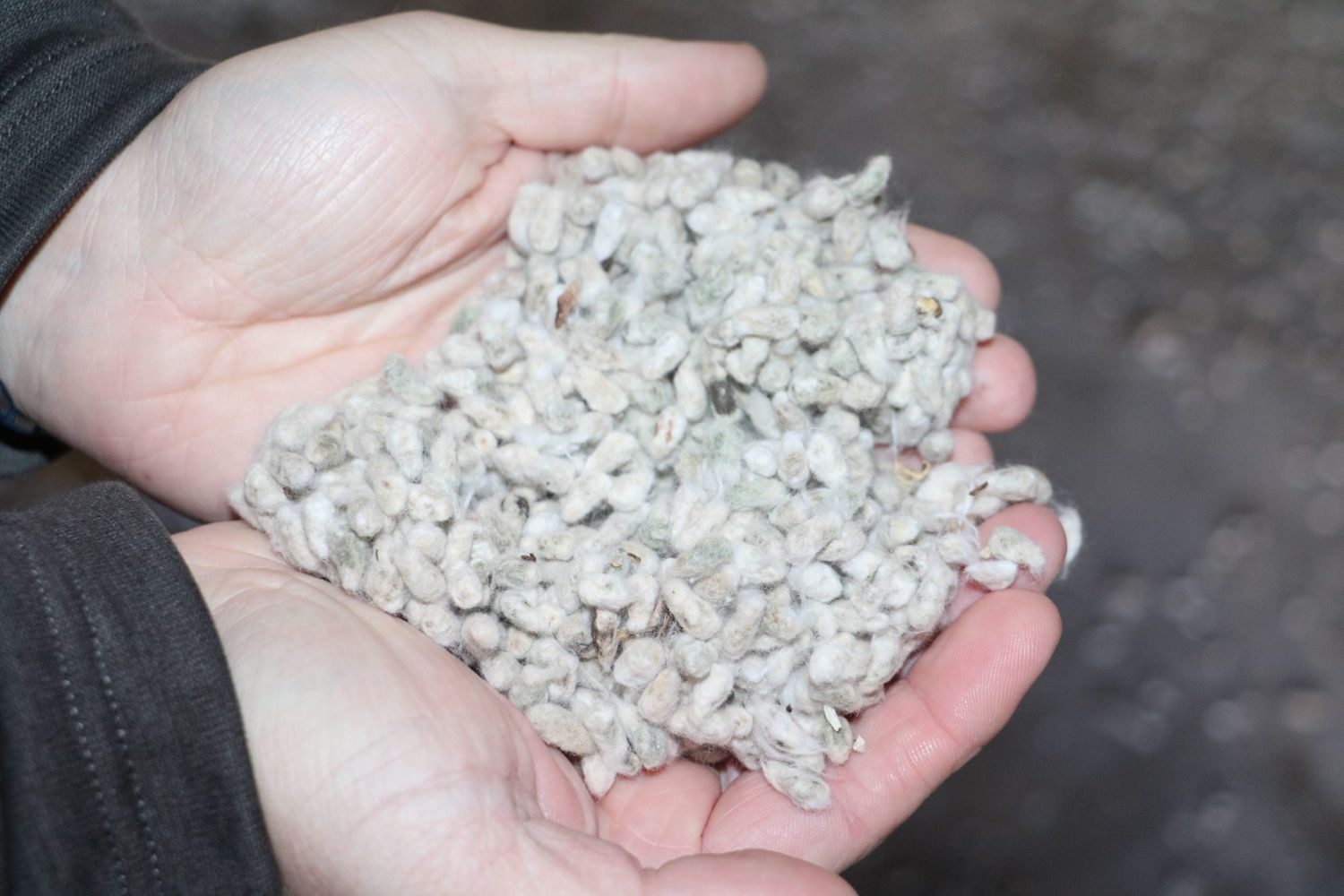
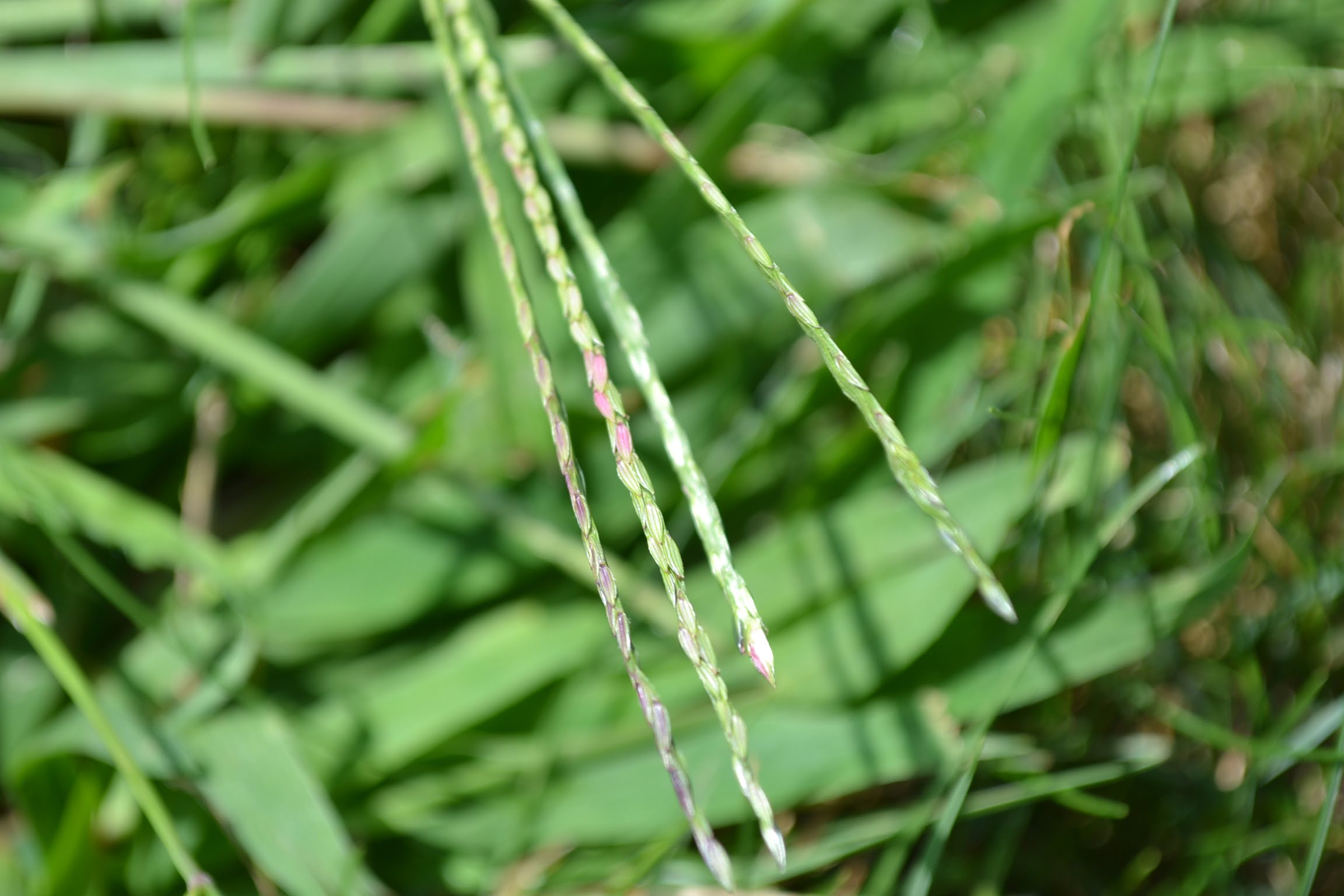
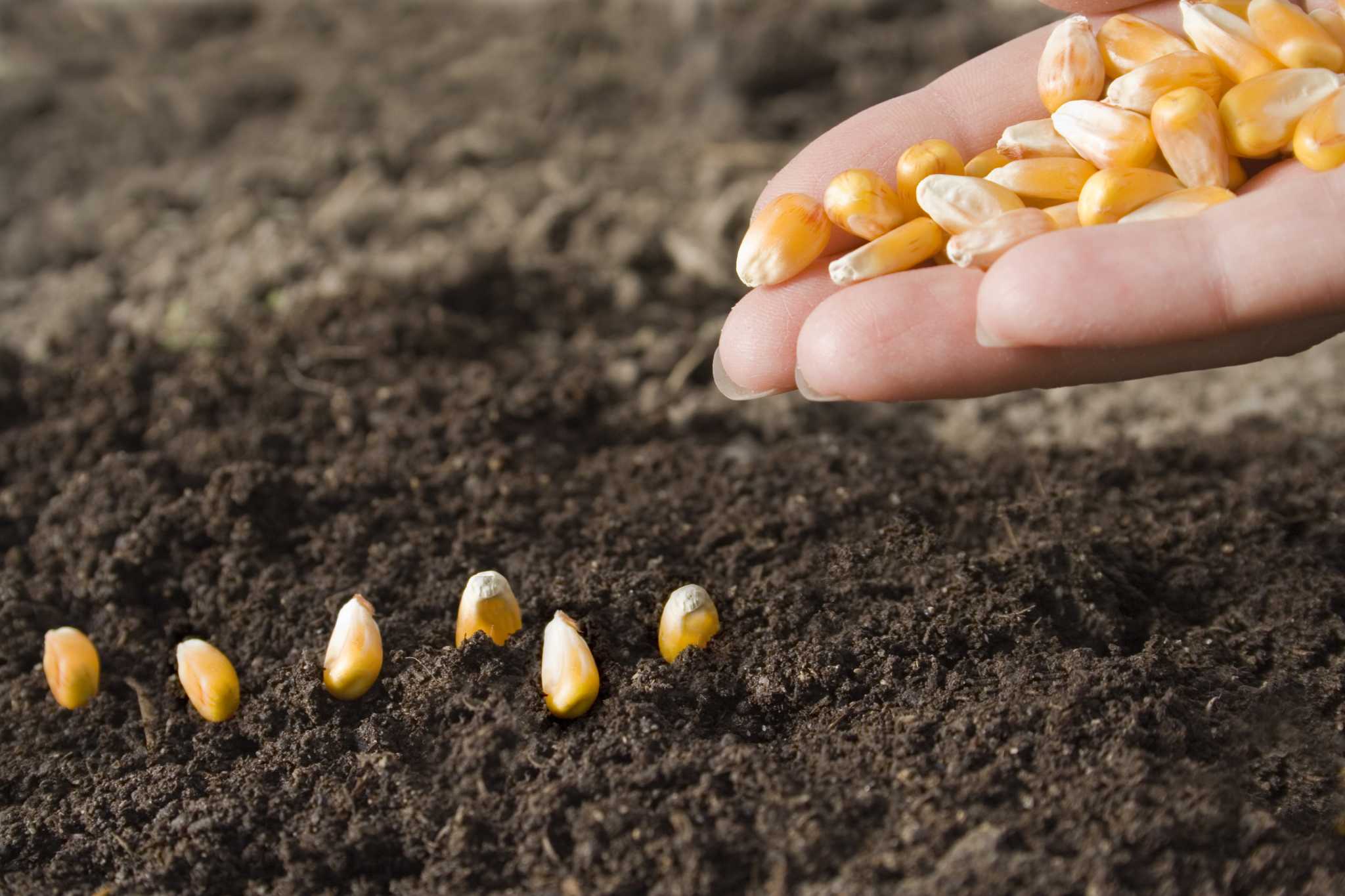
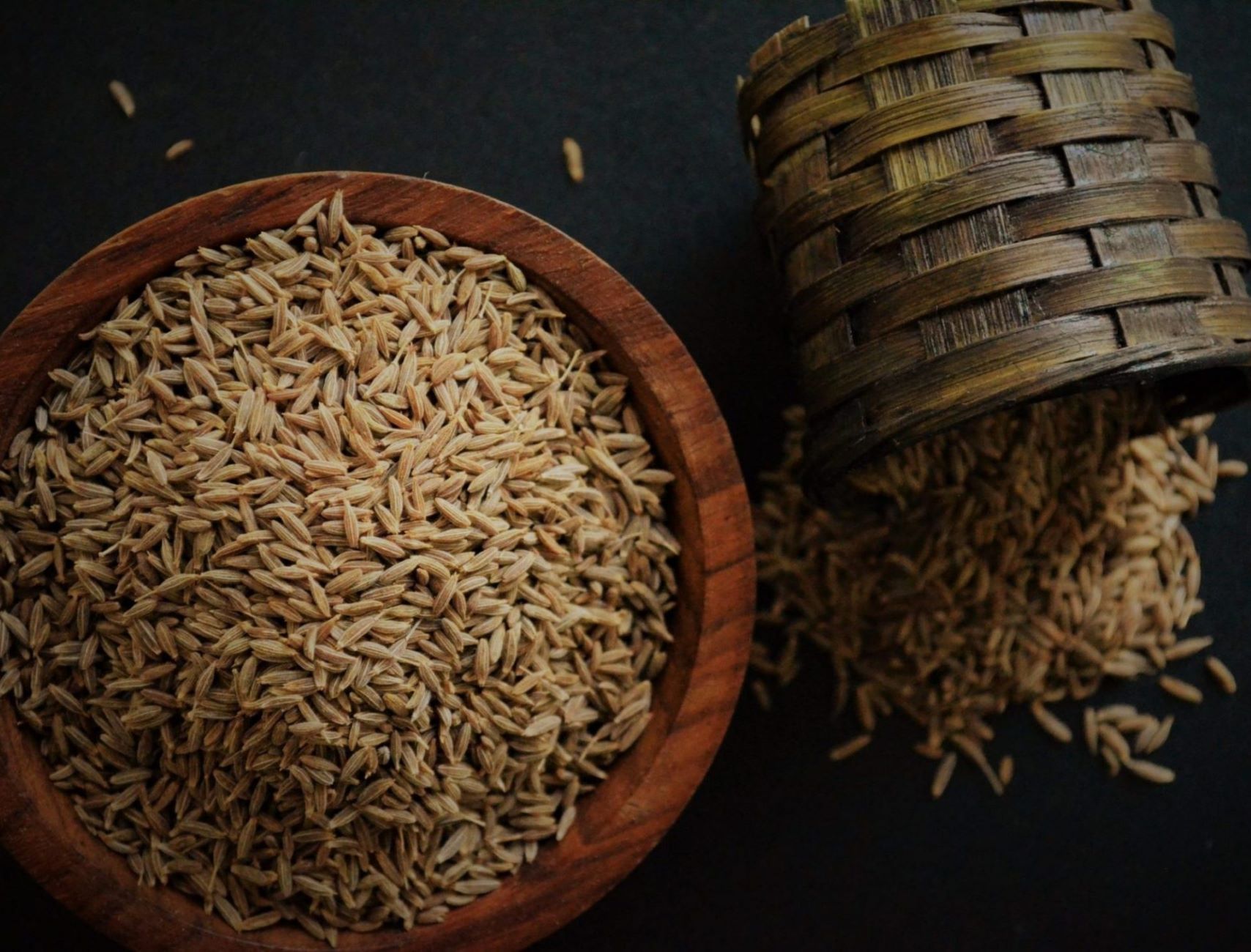


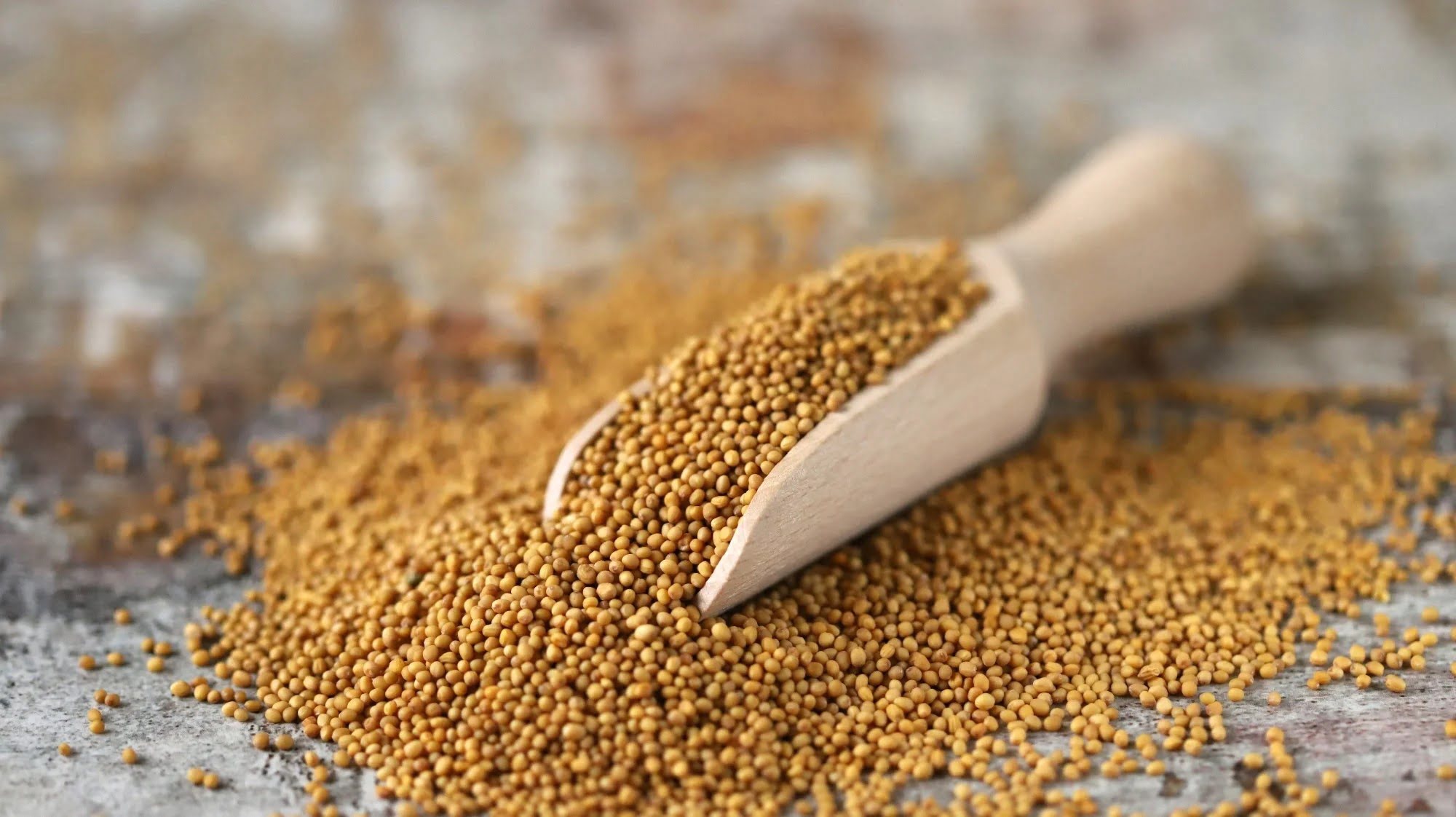
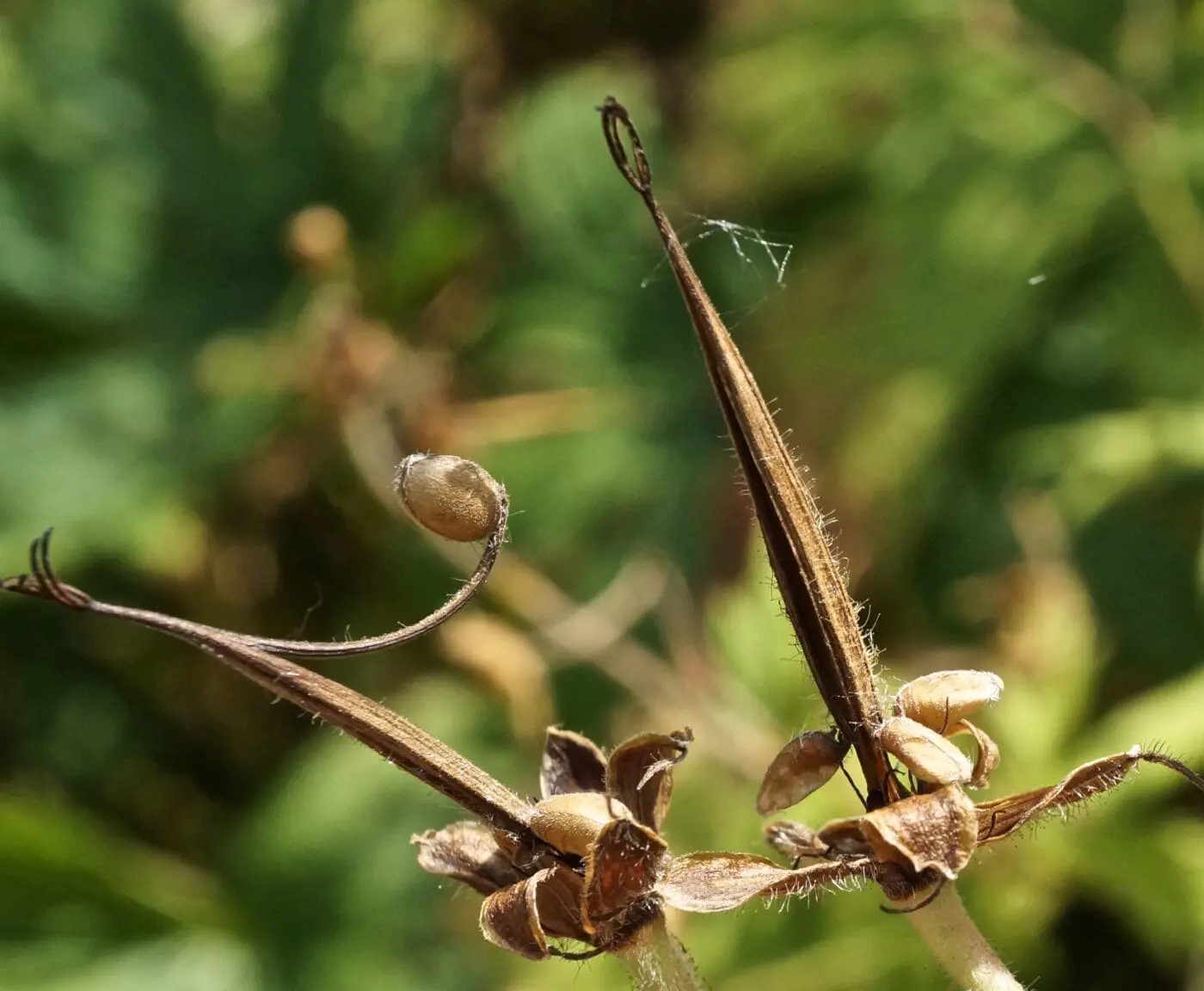
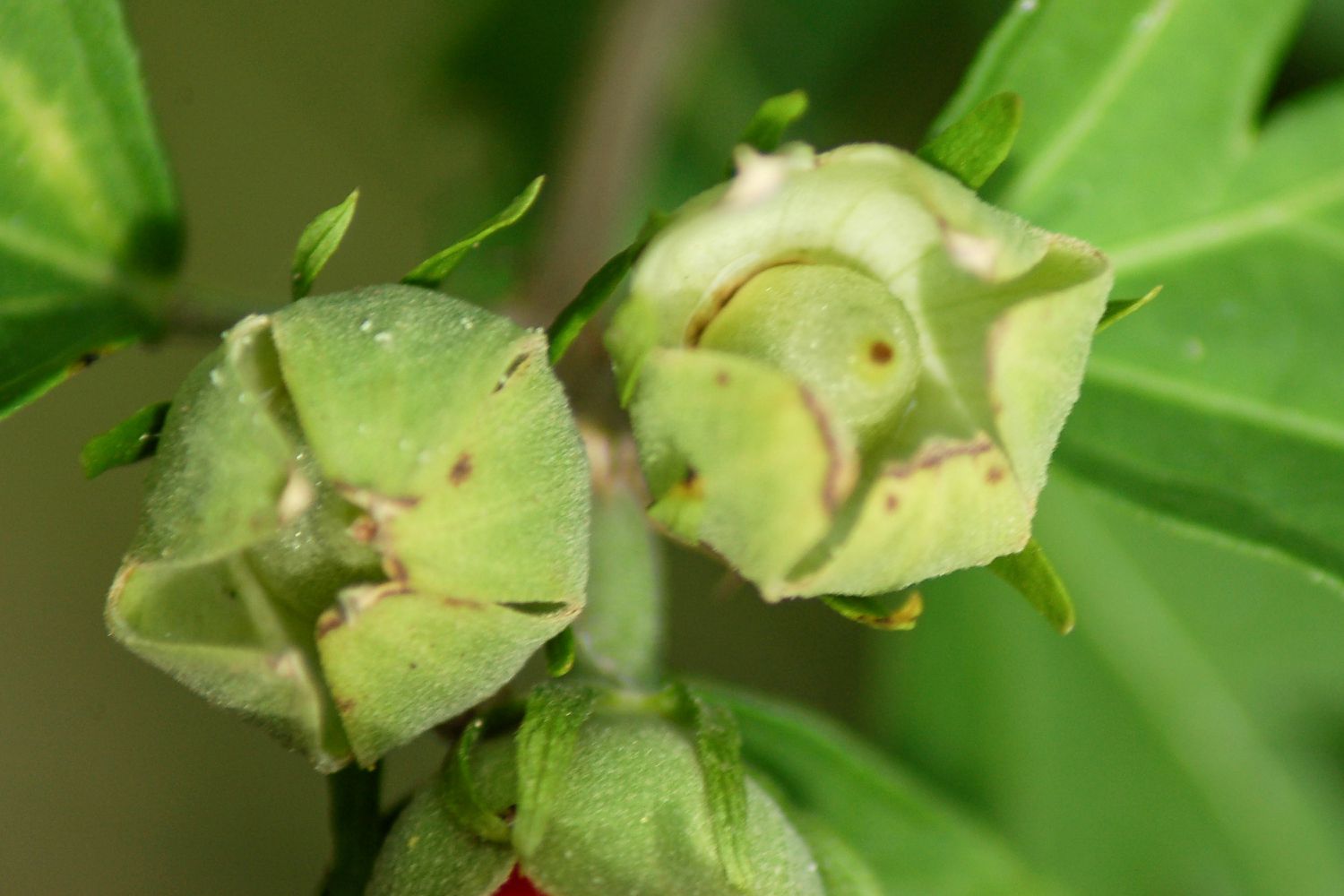
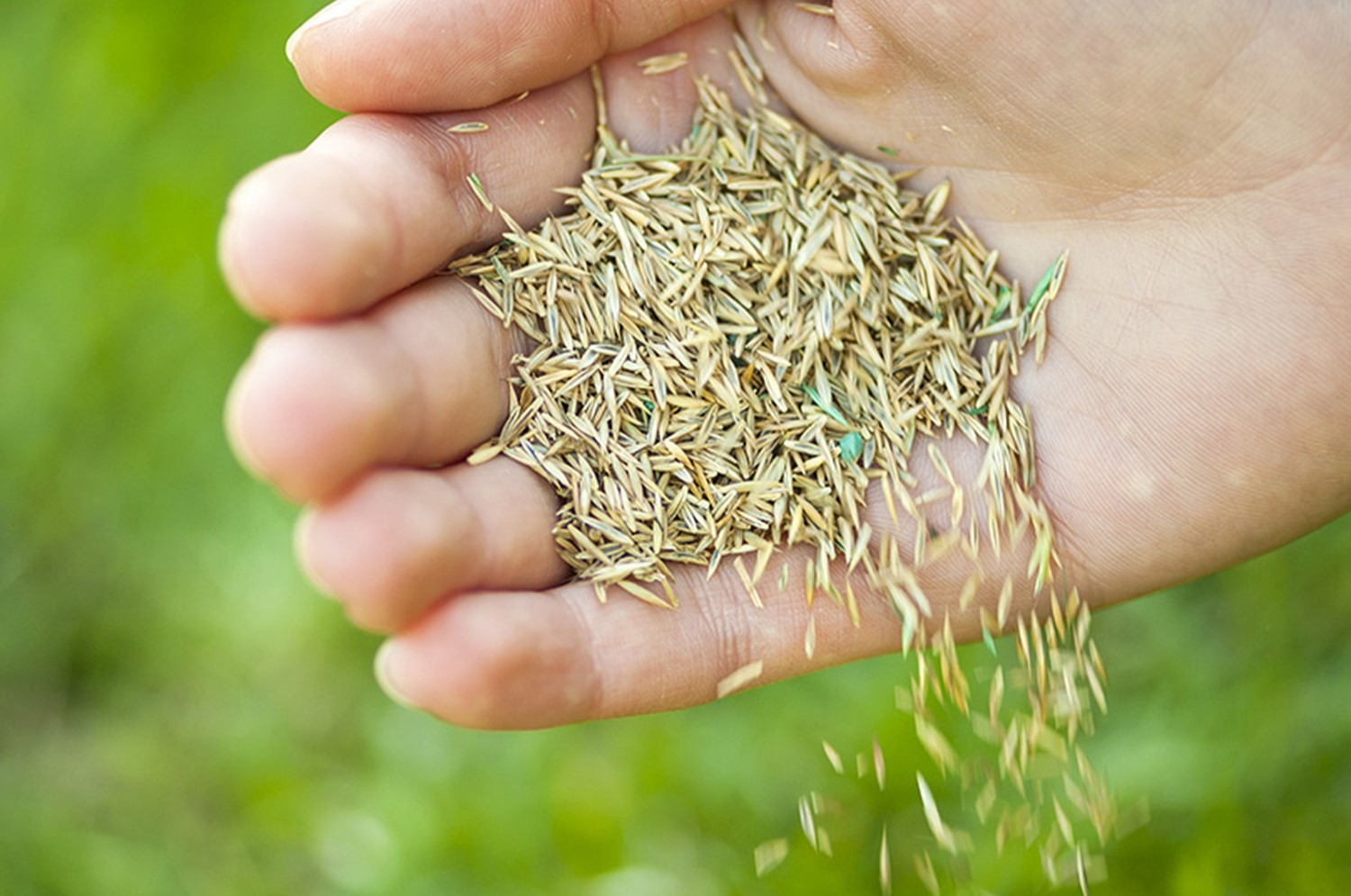
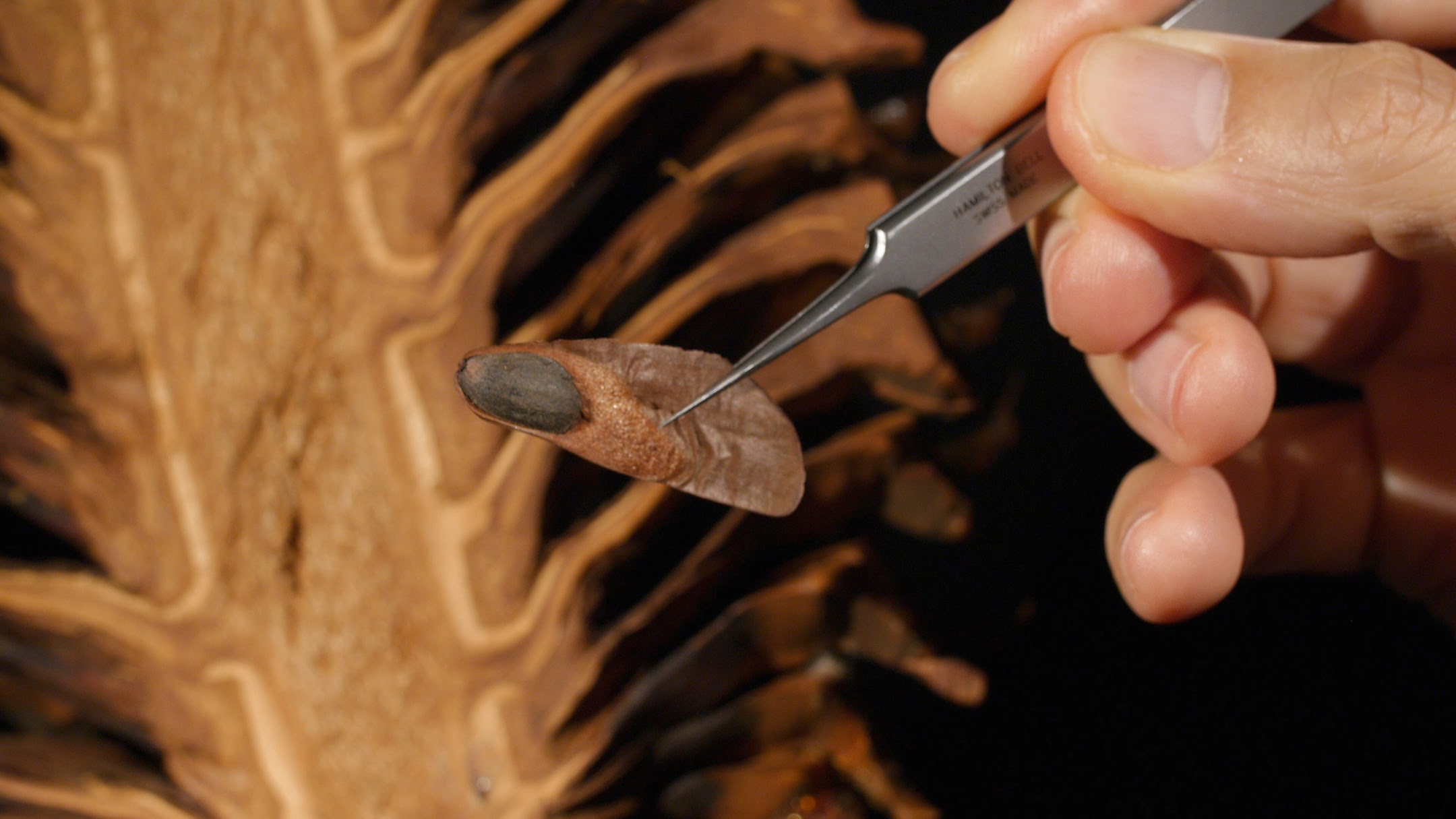
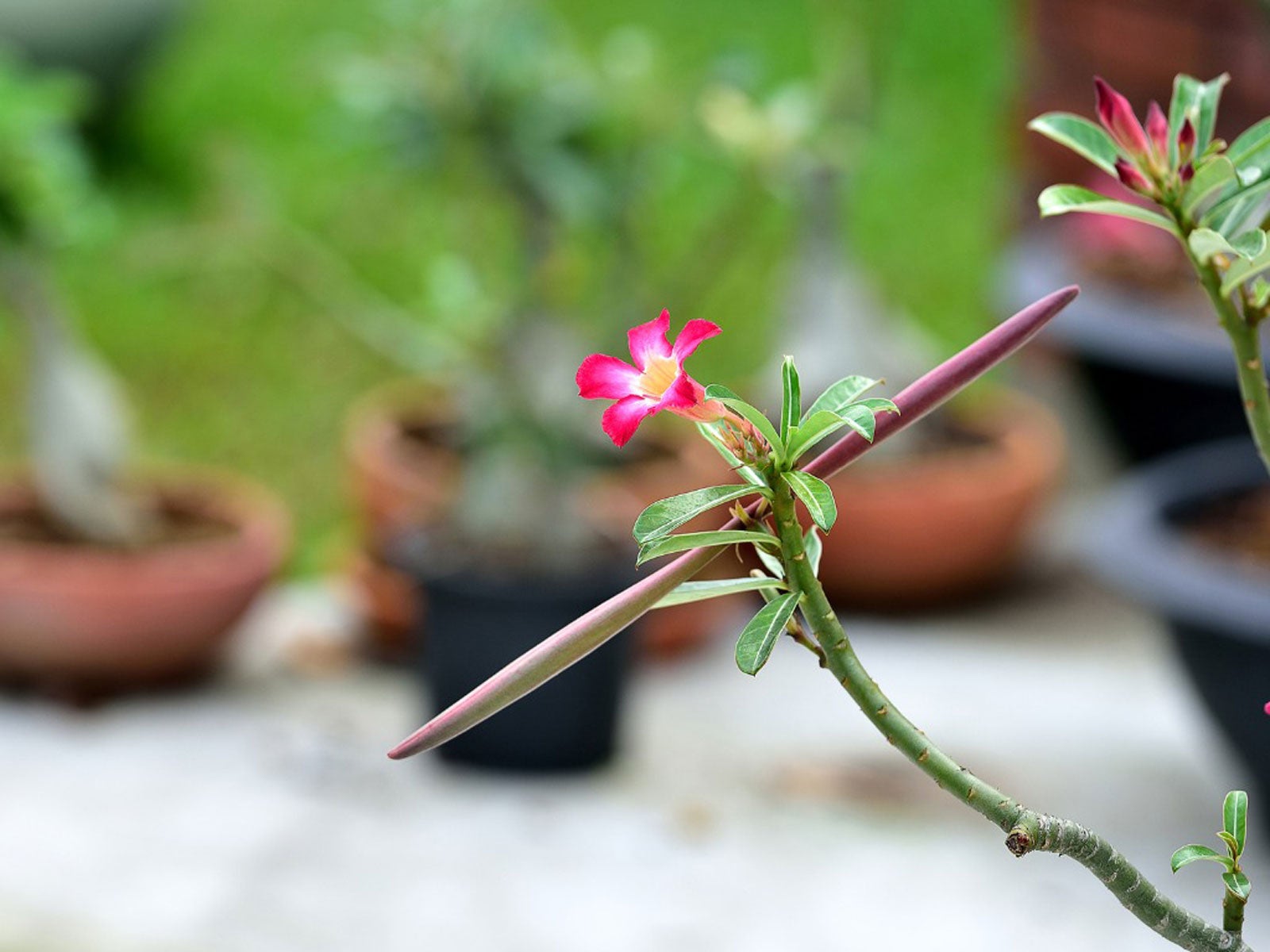
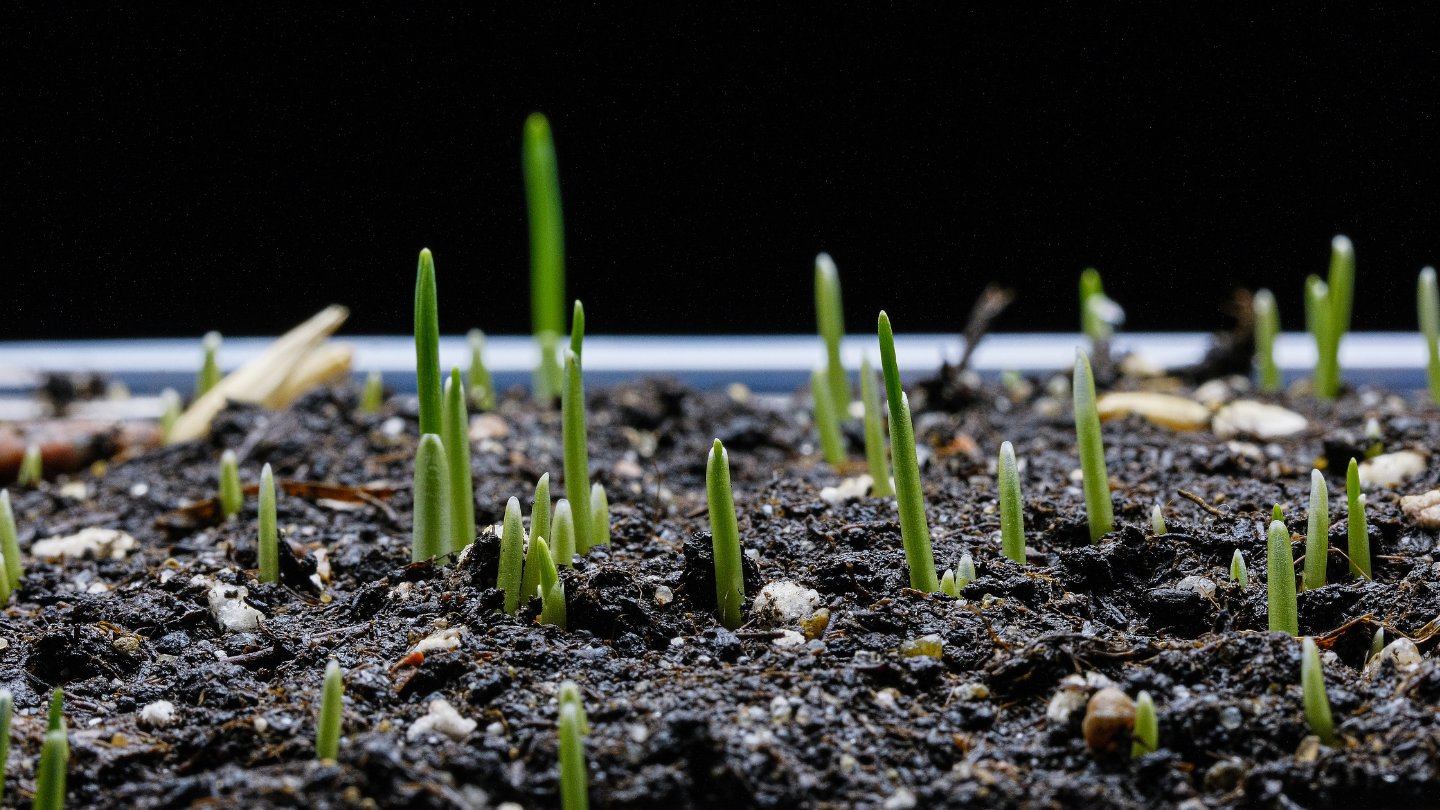

0 thoughts on “What Does A Four O’clock Seed Packet Look Like”